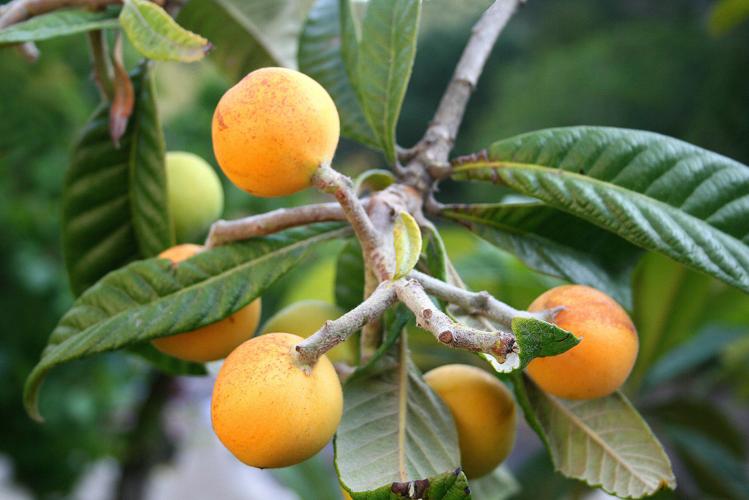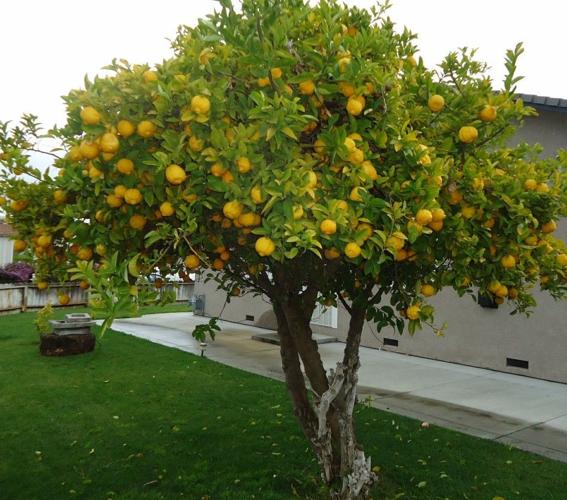Q: I reside in Scottsdale and I was curious to find out — realistically, how long does a Bermuda grass lawn stay nice and not overrun by weeds, dry patches, and so on before eventually needing to replace it with new sod?
A: The time it takes really depends on the care you are able and willing to give to the grass. Proper mowing, dethatching, fertilizing, irrigating, and pest management are the basic components of a lawn management program. Proper mowing means using a sharpened mower and adjusting it to the best height. This would be somewhere between a half-inch to 1 ½ inches depending on the variety. Mowing is best done on a schedule that keeps up with the growth of the grass. Just like other plants, you don’t want to take off too much at one time (one third off the top is a good rule of thumb).
Dethatching is something done as needed when the thatch, the spongy layer of plant material between the soil and the green parts of the grass, becomes thicker than half an inch. You might need to rent a vertical mower or power rake to do this job. Fertilization with half pound of nitrogen fertilizer per 1,000 square feet each month during the growing season (April through September) promotes good vegetative growth. Make sure you water your lawn after you fertilize.
How often you water after that depends on the weather. Typically, every three days to a depth of 6 to 8 inches is good for the summer. This can be reduced if we have significant rain. If you keep up with all of this, the pest problems will be less because healthy grass is likely to shade out weeds and be more tolerant of insects and diseases. Overall, Bermuda grass is a tough plant that does well given the right conditions.
Q: I have a lemon tree that we planted three years ago. It is not growing well. It is next to an adult California pepper tree (10 feet away). I would like to dig it out and transfer it. Are there any concerns or special care doing this?
A: Ten feet away from another tree is likely too close and the California pepper tree is known for its competitive roots so I am glad you are thinking of moving the lemon. One of the first things to consider when planting is the mature size of the tree so there will be plenty of room between the tree and anything else.
There are some basic guidelines when transplanting. Moisten the area where you intend to plant a few days prior to digging to make it easier. Dig the planting hole twice as wide but only as deep as the root ball. The edges of the excavated area should be rough and sloping. A shallow hole prevents the tree from sinking and burying the trunk. One of the most common mistakes is planting too deep.
Since your tree has already been in the ground for three years the roots will be growing. You may have to prune some of them back to extract it from the original planting hole. This is a good opportunity to check the root system for matted or circling roots. If needed you can cut and separate roots that are circling or heading in the wrong direction. Place the tree carefully into the planting hole. Remove just enough soil from the top of the root ball to expose the root collar, which should be level or slightly above the surrounding soil. The root collar is where the trunk flares out just above where the roots begin.
Backfill the planting hole with native soil. There is no need to add amendments. Studies show there is no advantage to mixing compost or other organic amendment into the soil. If hand watering or using bubbler irrigation, form a berm just outside the root ball to create an irrigation well. Apply water within this area. As the tree grows, expand the well. If using a drip system, use two or three emitters to wet this same area. Increase the number of emitters and spread them out to stay in line with the edge of the crown as the tree grows. Set your irrigation schedule to supply water every seven to 10 days in the summer and make sure the water reaches a depth of 36 inches. Apply a 2- to 4-inch layer of mulch to the entire tilled area. Keep mulch away from the trunk.
Q: Every gardener has a “great white whale,” and mine is the loquat. I have already killed two of them — one due to insufficient watering and one for reasons unknown. The third is in a pot, so I can move it if it gets too sun scalded. I’d like to plant it permanently, but don’t know what the specific requirements are for it to grow successfully here. Mesquite Valley Growers told me it can’t grow in full sun, and Civano showed me theirs — in full sun! Can you help me?
A: Loquats may be grown easily in full sun in some places such as coastal California and there are probably some microclimates in our area where they do fine in full sun. In general, in the Sonoran Desert they do best with western sun protection and in partial shade. Newly planted loquats even benefit with eastern sun protection from a shade structure until they are established. The leaves tend to suffer in extreme heat and fruit can be damaged as well. The trunk may suffer from sun scald if planted in full sun so it’s not a good idea to prune them in that situation and instead, allow the branches to grow down to protect the trunk.
Loquats grow well on a variety of soil types but need good drainage and will not tolerate standing water. While they are drought tolerant, they will produce higher quality fruit with regular, deep watering. The deep watering allows the roots to grow deeper and it helps wash salt that accumulates through the root zone. This means you should water every seven to 14 days during the summer, every 10 to 21 days in the spring and fall, and every 14 to 21 days in the winter.
Loquats benefit from regular, light applications of a complete fertilizer but too much nitrogen will reduce flowering. Composted manures and other natural fertilizers that contain less salt are good alternatives. Micronutrient deficiencies are sometimes a problem so keep an eye on the leaves for symptoms. If you still have problems, please let me know before you shout, “Thus, I give up the spear!”






